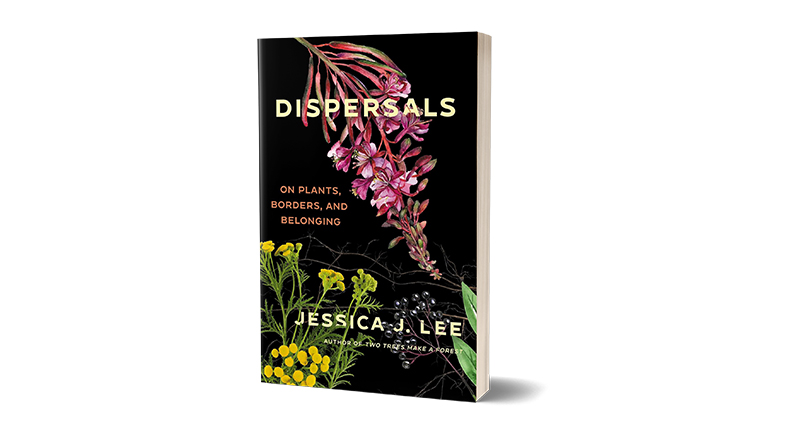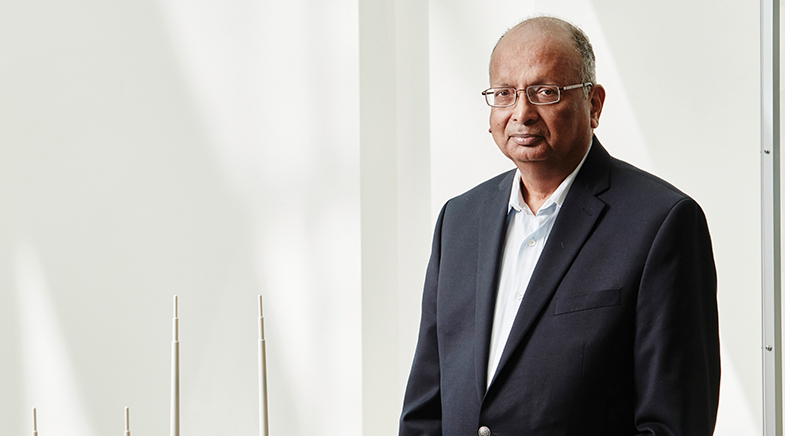Where engineering meets medicine
-
- from Shaastra :: vol 01 issue 03 :: May - Jun 2022

Doctors have been using modern technology in their clinic for at least two centuries, ever since the French physician René Laennec invented the stethoscope in 1816. Medical technology development was slow in the 19th century. Through the twentieth and the twenty-first centuries, medical diagnosis and treatment were assisted by increasingly sophisticated blood tests, imaging, and genome sequencing. In spite of these advances, the practice of medicine did not change at a fundamental level.
A doctor's education involved memorisation of anatomy, physiology, biochemistry and related textbooks, followed by empirical training. The analytical approach, so common in modern science and engineering, was not used much by 20th-century doctors. Medicine was not a quantitative discipline.
In our Cover Story The best of engineering and medicine, T.V. Jayan captures the change that is sweeping across the world of medicine. As engineers work more and more with medical institutions to develop products, some of their 'systems approach' methods are rubbing off on doctors. They are able to plan and execute surgeries better. Emerging techniques like artificial intelligence (AI) let doctors do things that are not possible for a human being to do. Engineers, scientists and doctors get even closer together as technical institutions start medical schools.
Jayan started work on the story two months ago, around the time the Indian Institute of Science (IISc) announced a donation of ₹425 crore from business leaders Subroto Bagchi and N.S. Parthasarathy and their spouses. The first part of the Cover Story looks at some of the ideas and methods from engineering that are transforming medicine. The second part is an interview with Dr Roderic Pettigrew, Dean of the School of Engineering Medicine (EnMed) at Texas A&M University.
A physician, scientist and engineer, Pettigrew epitomises the modern-day medical professional. He has a Master's degree in nuclear science and engineering and a PhD that he obtained by applying the subject to medicine. Then he signed up for a Doctor of Medicine (MD) programme at the University of Miami, which admitted only students with a PhD. Decades later, after he joined Texas A&M University, he started the EnMed programme to train engineer-doctors. It was Pettigrew who coined the term Physicianeers to describe the professionals graduating from his programme. We have borrowed the term from him for our cover.
Our Cover Story package continues the pattern that we set in our first issue: picking up paradigm shifts that will likely produce lasting change in our lives.
The third part of the Cover Story is about Indian engineering institutions that are bringing medical education and research to their campuses. India needs its own brand of engineer-doctors, which some of the top institutions are trying to create.
In its entirety, our Cover Story package continues the pattern that we set in our first issue, picking up paradigm shifts that will likely produce lasting change in our lives.
On OMG, it's omega-3!, Gauri Kamath picks up on another trend that has just begun: Omega-3 Fatty Acids as prescription drugs. There is a lot of evidence about the health benefits of omega-3. However, as often happens in nutrition, there is some contrary evidence as well about their value as supplements. Regulators also know that a lot of the supplements on the market are of poor quality, and therefore of questionable benefit.
Some private companies, therefore, are now promoting omega-3 as a prescription drug, with a high purity benchmark. This small change has tremendous implications for treatment. By extension, it offers a great business opportunity for Indian companies.
On Tech gone wild, Manupriya and Mywish Anand report on how advances in technology are helping in wildlife conservation. Forest officials had been enumerating wildlife the old-fashioned way, but COVID-19 caused a break in this exercise. However, it allowed small, in-house experiments in using technology to expand and become full-blown programmes. Cameras and radio collars provide information, while AI tools help identify animals. It is largely a straightforward matter, but technology helps in reducing human-animal conflict as well, by predicting when such conflicts are likely to happen.
Elsewhere, we have stories on converting seaweed to fuel and on how nature prefers minimal gene complexity. Our columnists write about the challenges of creating an artificial brain and on ways to adapt to climate change. We also have an unusually rich section on books this time. And, of course, we have our regular sections that show up the fun side of science and technology.
Have a
story idea?
Tell us.
Do you have a recent research paper or an idea for a science/technology-themed article that you'd like to tell us about?
GET IN TOUCH














